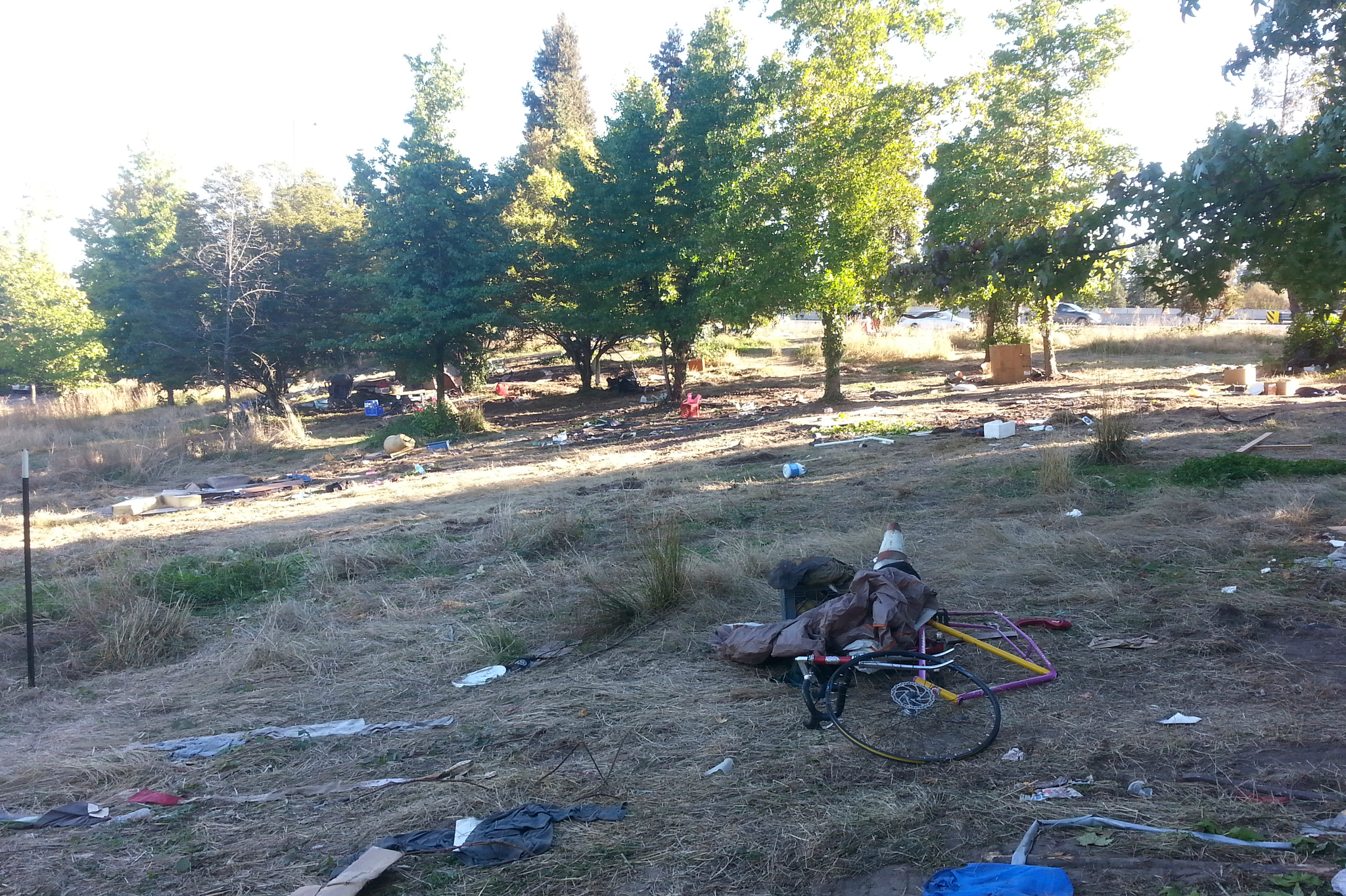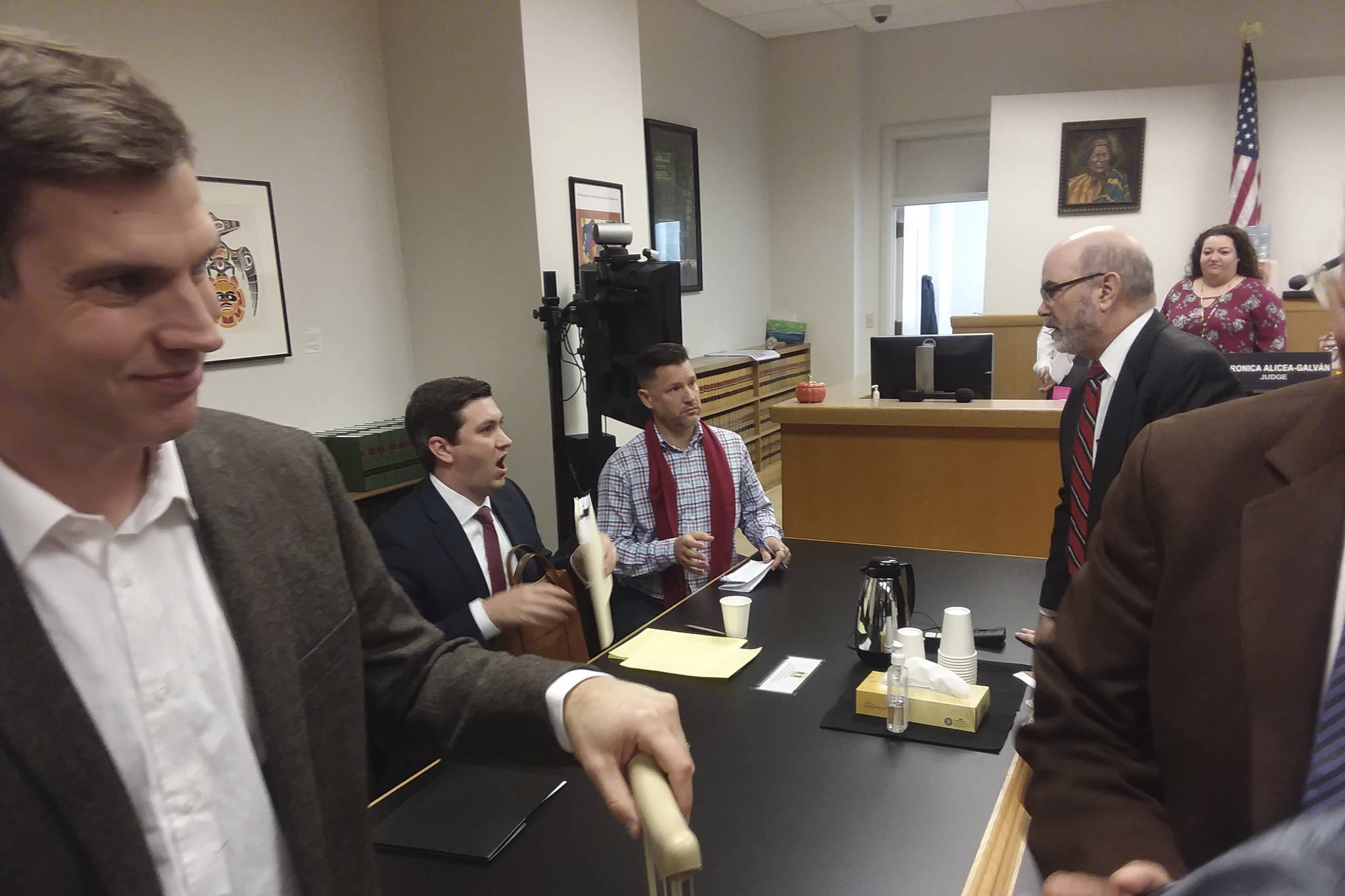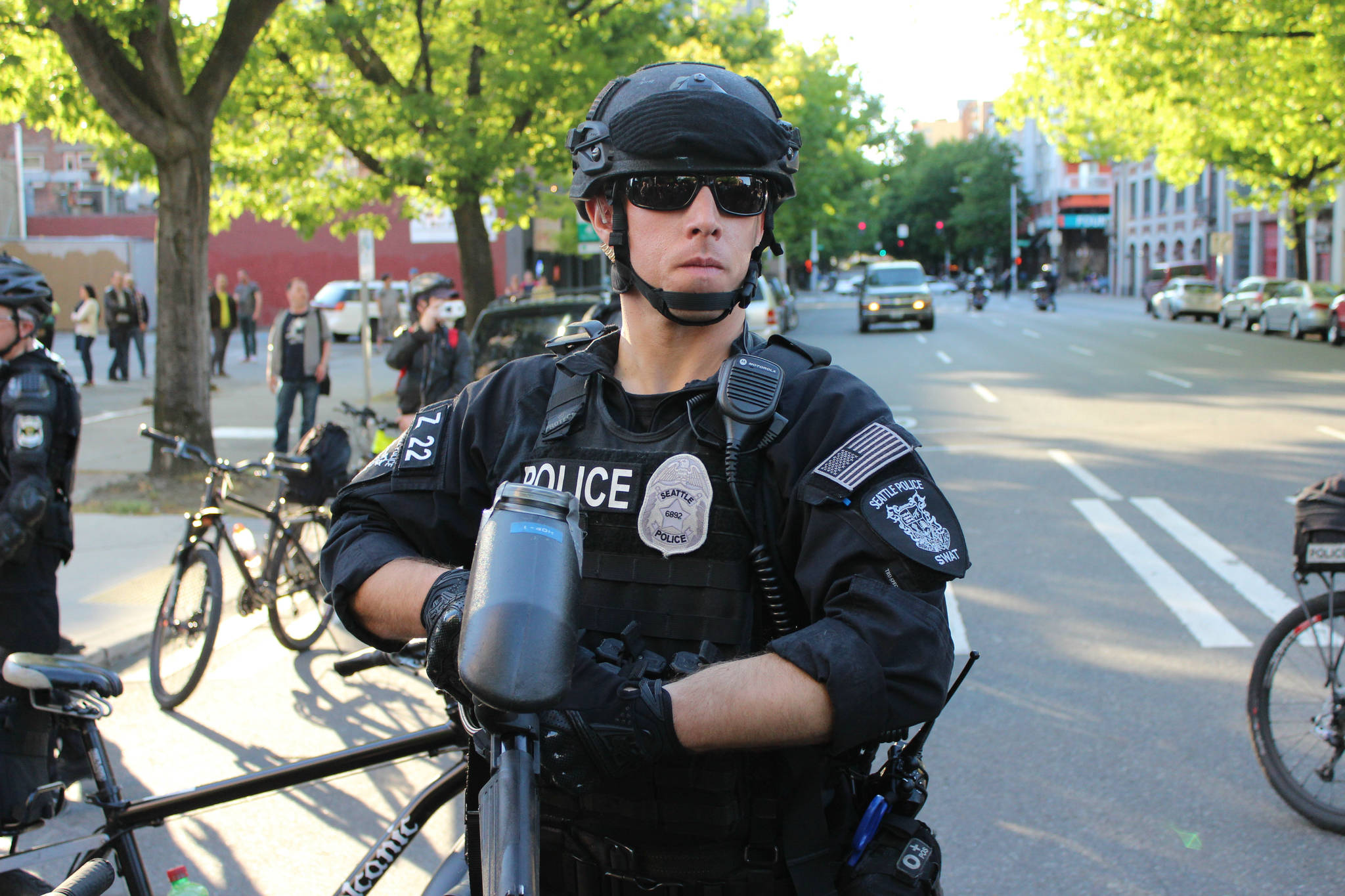Yesterday afternoon, representatives of Mayor Ed Murray’s office asked the city council to approve a plan to evict the dozens of campers who are still living inside the Jungle, an archipelago of unpermitted homeless encampments along and beneath the I-5. Murray’s public safety adviser Scott Lindsay told the council that extensive outreach and offers of shelter and services over the past three months have more than fulfilled the city’s obligation to accommodate campers. While only a small fraction of the Jungle’s population has accepted those offers, Lindsay said that even relocating those who remain to some other encampment would be an improvement. “Really, almost any other place outdoors in the city would be safer than in the East Duwamish Greenbelt, under the freeway,” Lindsay said, using the official name for the area.
Councilmember Mike O’Brien questioned the rosy picture of Jungle outreach that Lindsay and others were presenting. “It seems like there were likely a couple hundred people that were just pushed out [of the Jungle] into the street” by threat of pending eviction, he said. “I mean, I don’t know if that was the intention, but—”
“Wrong, councilmember,” Lindsay replied. “Nobody has been pushed out into the street [from the Jungle] as of this point. All we have done is sent outreach workers as well as the assessment teams. But we communicated that it’s the intent of the state and the city that people are no longer living in an area that is incredibly unsafe and unhealthy. And that is all that’s been done to date.”
That morning, the city and state workers had cleared “Freedom Hill,” a homeless encampment of perhaps 20 or 30 tents in a vacant field beside I-90 and Rainier Avenue South. While located outside Jungle borders as drawn by the city’s operational plan, the field is adjacent to the Jungle and considered connected by the area’s inhabitants.
“I got woken up by” state Department of Transportation employees and Seattle’s outreach workers this morning around 9 a.m., said PT, a middle aged man who by evening was standing on the sidewalk shirtless, surrounded by stacks of milk crates on wheels holding his possessions. “I was like, Are you guys cleaning us out?” he says. “And they’re like, Yeah. And I’m like, But the paperwork says [September] 19th [is the eviction deadline]. And they were like, Well, we’re here now.”
Notices posted by WSDOT at the site were conflicting. Some gave September 14th and 15th as the date of the actual eviction, while others said the 19th and 20th.
PT describes the message he got from DoT workers: “They told us that everybody had to be off the hill, off the sidewalk, across the street, and after that they didn’t care…They just wanted to clean this area up and we all had to go.”
Do you know where you’ll go?
“I haven’t even had coffee this morning,” PT replied, chuckling. “Where I’m gonna sleep tonight, I have no clue. But I’ll make do. I’ll pull my stuff up to the side of somewhere and roll out a sleeping bag, you know? Or I’ll go into the park and get up before DOT or the parks department or the cops or anybody else sees anything and rousts me up.”
Do you have any message for public leaders?
“Whatever it is that needs to be done, this ain’t it,” he said. People “don’t want us in their backyards. But everybody doesn’t want us in their backyards. So where do we go? At least here we were in nobody’s backyard.”
We asked DoT two weeks ago about their stance on homeless encampments in the Jungle, which the state mostly owns. “The top priority for WSDOT is the safety of the public and their employees,” they replied in an email statement. “While state-owned land near or under highways may appear to be unused and therefore attractive to encampment, it is vacant to ensure safety and to provide access for critical maintenance, operations, and construction efforts.” They also said that current eviction protocols were written “with input from the Seattle/King County Coalition on Homelessness.” However, SKCCH director Alison Eisinger says that despite some meetings after a sleeping homeless man was eaten by a giant DoT-contracted lawnmower, “we were ultimately stymied in attempts to work with [DoT] to fully review and improve their policies and practices.”
Operation Jungle Defense, whose work we’ve covered before, first raised the alarm on the Freedom Hill eviction last month. In a letter to the mayor and city council dated August 16, they and Hill campers wrote in part, “[This] camp is living proof that sweeps do not work—being that this camp is packed full of unhoused community members that have been swept over and over again.” Rather than evicting the camp, the letter urged, the city and state should work with them to improve the camp. “This group has been having meetings to improve their campsite and this camp wants a dumpster and to help clean up their surroundings.”
OJD organizer David Delgado says that he arrived at the eviction yesterday at about 2 p.m. “By the time I got there, everything was gone,” he says. “It was just piles of trash where tents were normally. And I ran into almost ten people who were overwhelmed with stuff and had nowhere to go. I was literally helping people move shopping carts to other parking lots. A lot of them are setting up camp in places where they were just swept a few weeks ago.”
Delgado says it’s likely that many of the displaced campers will move into the Jungle or to Dearborn St. “This is a pattern I’ve seen for over a year,” he says. “They’re literally going back and forth.”








